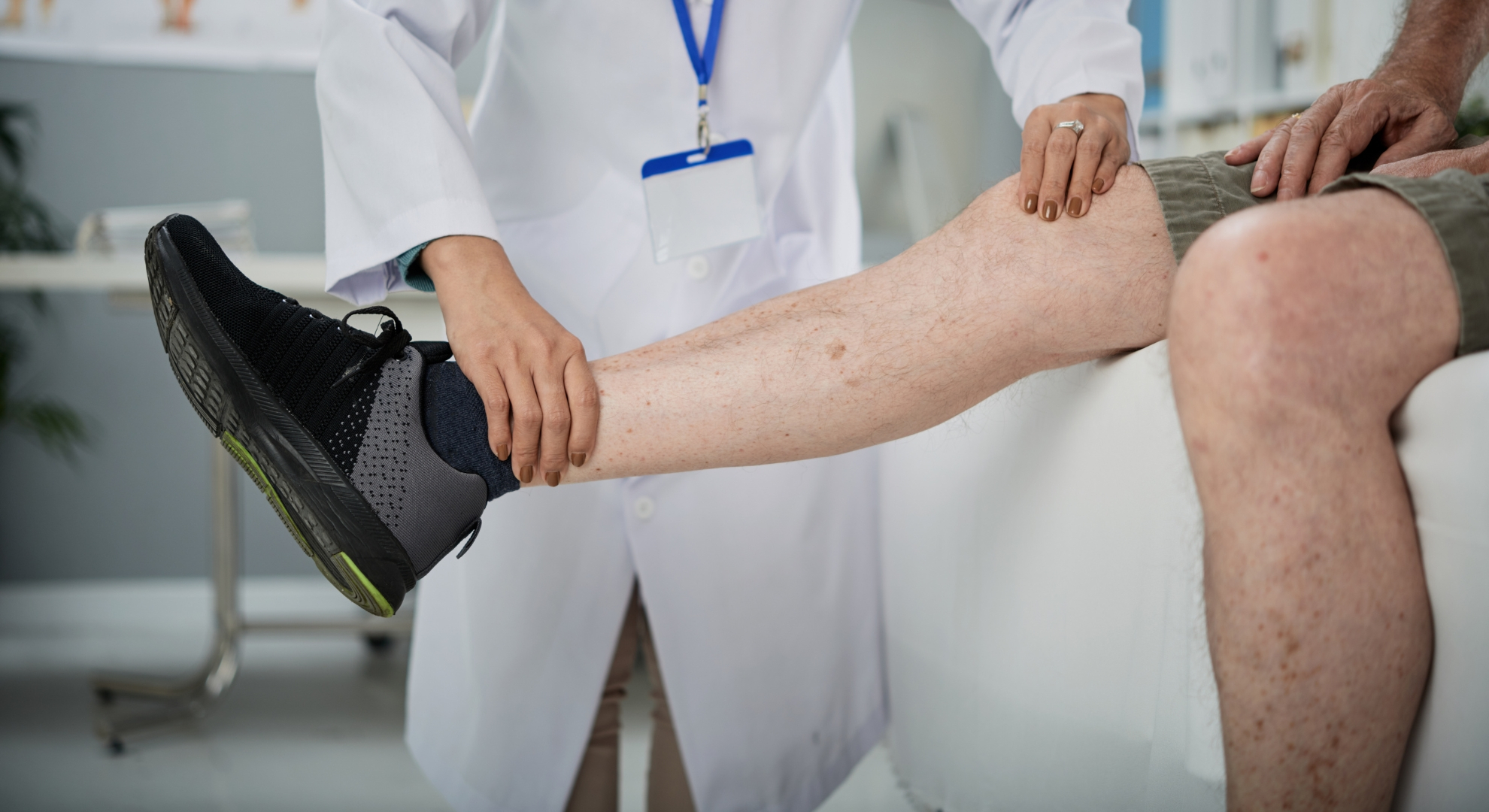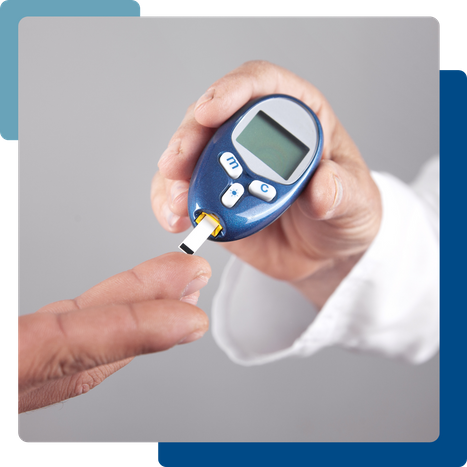
Who is at the Biggest Risk for PAD?
Peripheral artery disease (PAD), also referred to as peripheral vascular disease, is a condition characterized by narrowed arteries that restrict blood flow to the limbs. Unfortunately, many individuals may not realize they are at risk until it’s too late. Understanding the risk factors associated with PAD is essential for prevention and early intervention. In this article, we will explore who is at the biggest risk for PAD and discuss ways to mitigate those risks.
Understanding Peripheral Artery Disease
- Could the symptoms that I am experiencing be from my circulation?
- Do I have any risk factors for poor circulation?
- Would an ultrasound be helpful?
PAD mainly affects the arteries that supply blood to the legs, but it can occur in arteries throughout the body, including those leading to the heart and brain. Arterial insufficiency due to plaque buildup (atherosclerosis) leads to reduced blood flow. This can result in serious complications like heart attacks, strokes, and even limb amputation if left untreated. Recognizing who is at risk allows for better awareness and management of this pervasive condition.

1. Age: The Growing Risk Factor
One of the most significant risk factors for PAD is age. The likelihood of developing this condition increases dramatically, especially for individuals over 65 years old. As we age, our vascular systems undergo wear and tear, making them more susceptible to arterial diseases. This can lead to a decline in overall circulation, creating an environment ripe for the development of PAD.
Older adults should be vigilant in monitoring their vascular health. Regular screenings can help detect PAD early, allowing for lifestyle changes or medical interventions that can drastically improve quality of life and reduce complications. Even if you’re under the age of 65, it’s essential to be mindful of your vascular health, especially if you have additional risk factors.

2. Smoking: A Major Contributor to PAD
Smoking is perhaps the most potent lifestyle factor contributing to the development of PAD. Nicotine and other harmful substances in cigarettes can damage blood vessels and contribute to atherosclerosis. Studies show that smokers are four to five times more likely to develop PAD than non-smokers. Additionally, smoking can exacerbate existing symptoms and accelerate disease progression.
Quitting smoking is one of the most impactful actions one can take to reduce the risk of PAD. Resources are available to assist smokers in quitting, and support systems can significantly enhance the chances of success. If you are a smoker, consider making an active effort to quit; your vascular health will undoubtedly benefit.

3. Diabetes: The Hidden Risk Factor
Diabetes is another critical risk factor for PAD. Individuals with diabetes have a higher risk of developing peripheral vascular disease, primarily because the disease can cause damage to blood vessels. Elevated blood sugar levels lead to inflammation and oxidative stress, promoting atherosclerosis and narrowing of the arteries.
It's crucial for individuals with diabetes to maintain a healthy lifestyle that includes regular medical check-ups. Controlling blood sugar levels, following a balanced diet, engaging in regular exercise, and taking medications as prescribed are vital to reducing the effects of diabetes on vascular health.

4. Family History: The Genetics Factor
Family history plays an important role in the risk of developing PAD. If you have relatives who have suffered from heart disease, strokes, or PAD, your risk may be elevated. Genetic factors can predispose individuals to conditions such as high cholesterol and high blood pressure, further increasing the likelihood of developing arterial disease.
People with a family history of vascular conditions should take proactive steps to monitor their vascular health. Regular screenings, maintaining a healthy diet, and exercising can play crucial roles in reducing risk, even if genetics are not on your side.
Take Charge of Your Vascular Health!
Awareness of who is at risk for peripheral artery disease is essential in preventing its severe consequences. Factors like age, smoking, diabetes, and family history all contribute to your risk of developing PAD. Understanding these risk factors empowers you to take control of your health.
At Southern Kentucky Vascular, Dr. Don W. Brown and his dedicated team are committed to providing state-of-the-art vascular care to help you maintain optimal vascular health. If you’re concerned about PAD or think you might be at risk, don’t wait. Schedule an appointment today by calling 606-531-4100. Early diagnosis and treatment can significantly improve your chances of a healthy future.
cial. Engaging in informative discussions and asking the right questions is the first step toward maintaining a healthy vascular system. If you suspect you may be experiencing vascular issues or need more specialized care, consider contacting Southern Kentucky Vascular. Our dedicated team, led by Dr. Don Brown, is here to provide top-notch vascular care tailored to your needs. Don’t wait—prioritize your vascular health today!
